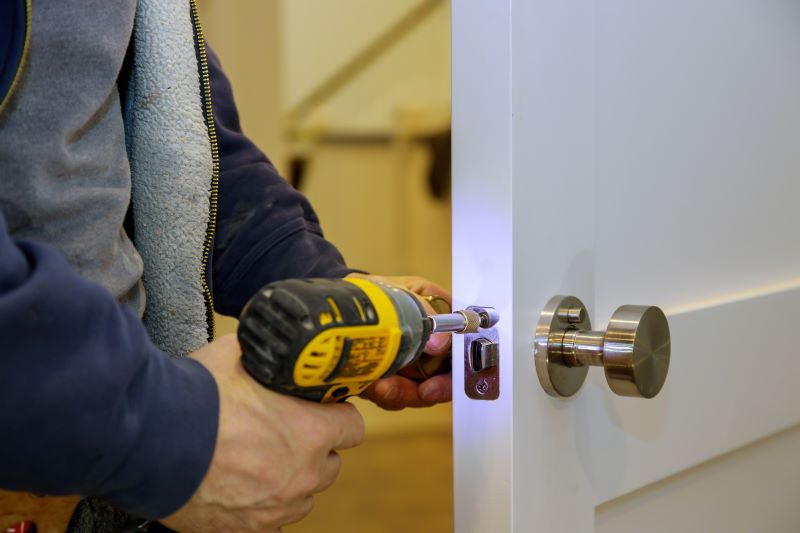Click here to get this post in PDF
In today’s business environment, security is not just a necessity but a vital component of maintaining a safe and thriving commercial space. Whether you own an office building, retail space, or any other type of commercial property, understanding and mitigating risks is essential to protect your assets, employees, and customers.
A comprehensive security risk assessment is the first step in identifying vulnerabilities and implementing strategies to enhance safety. In this guide, we’ll walk you through the process of conducting a security risk assessment for your commercial property, highlighting the importance of measures such as deadlatch installation in Canberra.
Step 1: Define and Identify Your Assets
The initial phase of a security risk assessment involves identifying and categorising the assets within your commercial property. Assets are not only limited to physical items but also include data, intellectual property, and personnel. Once identified, you should classify these assets based on their importance and the impact their loss would have on your business operations.
Step 2: Assess Potential Threats and Vulnerabilities
With a clear understanding of what you need to protect, the next step is to identify the potential threats and vulnerabilities that could impact your assets. Threats can range from natural disasters to cyber attacks, theft, vandalism, and more. Vulnerabilities refer to weaknesses that could be exploited by threats, such as insufficient security protocols, lack of employee awareness, or physical vulnerabilities like unsecured doors or windows.
Step 3: Analyse and Prioritise Risks
After identifying potential threats and vulnerabilities, evaluate the likelihood of each scenario occurring and its potential impact on your business. This analysis will help you prioritise risks based on their severity and the urgency of addressing them. High-priority risks are those that pose the greatest threat to your critical assets and should be addressed immediately.
Step 4: Implement Mitigation Strategies
Based on the prioritised list of risks, develop and implement strategies to mitigate them – this could involve a mix of physical security measures, policies, and procedures. For example, installing high-quality deadlatches can significantly enhance the security of your premises by preventing unauthorised entry.
Step 5: Review and Update Your Security Measures Regularly
Security risk assessment is not a one-time task but an ongoing process – the security landscape, as well as the nature of your assets and their vulnerabilities, can change over time. Regularly reviewing and updating your security measures ensures that your commercial property remains resilient against emerging threats. This includes reassessing the effectiveness of installed security features and making necessary adjustments or enhancements.
Stay Safe
Conducting a security risk assessment for your commercial property is an essential practice that enables you to identify potential risks, prioritise them, and implement effective mitigation strategies. By following the steps outlined in this guide, you can create a safer environment for your assets, employees, and customers. Stay vigilant, stay informed, and ensure that your commercial property remains a safe and secure place for business.
You may also like: Managed Security Services vs. In-House Security: Which Approach is Right For Your Business?
Image source: elements.envato.com

